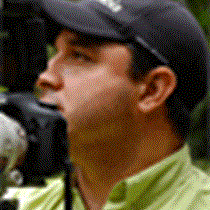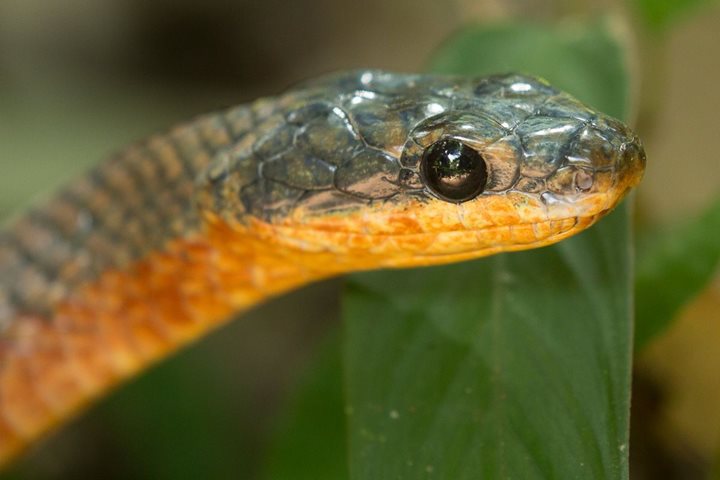Early in the morning, a canal pilot came on board National Geographic Sea Lion. We had spent the night anchored next to the area where the new set of locks is being built. We weighed anchor and headed towards the Barro Colorado Island, a natural monument in the middle of Gatun Lake.
As we cruised, we began to enjoy the gorgeous scenery. The lush green color of the forest began to be revealed as the sun began to rise. The silhouette of what used to be mountaintops are now islands and islets were also revealed to our eyes. All those islands were the result of the flooding of the valley of the Chagres River to create Gatun Lake.
We soon arrived to our morning destination. We were greeted by the call of howler monkeys and a couple of mealy Amazon parrots that flew by us. From our ship we could see the scientific station and we were eager to land and explore.
Dr. Egbert Leigh, a scientist of the Smithsonian Research Institute, came on board and gave us the introduction to all the different research that is been done at the moment in BCI. That increased our desire to explore. So as he finished, we geared up and went to explore.
Some went on hikes and others went on our expedition landing craft around the island. There was a lot to see. We learned about all the relationship and interaction that the animals have with the plants and how its benefits humans. What a great morning!
Back on National Geographic Sea Lion, another pilot had come onboard. We were ready to start our last part of our canal transit. We had to reach Gatun Locks. The day before we had a night transit and now we were going in daylight.
At the end of the day, we all gathered in the lounge to enjoy the slideshow that our guests had put together. It was hard to believe that our trip had started in 2014 and had finished in 2015.









